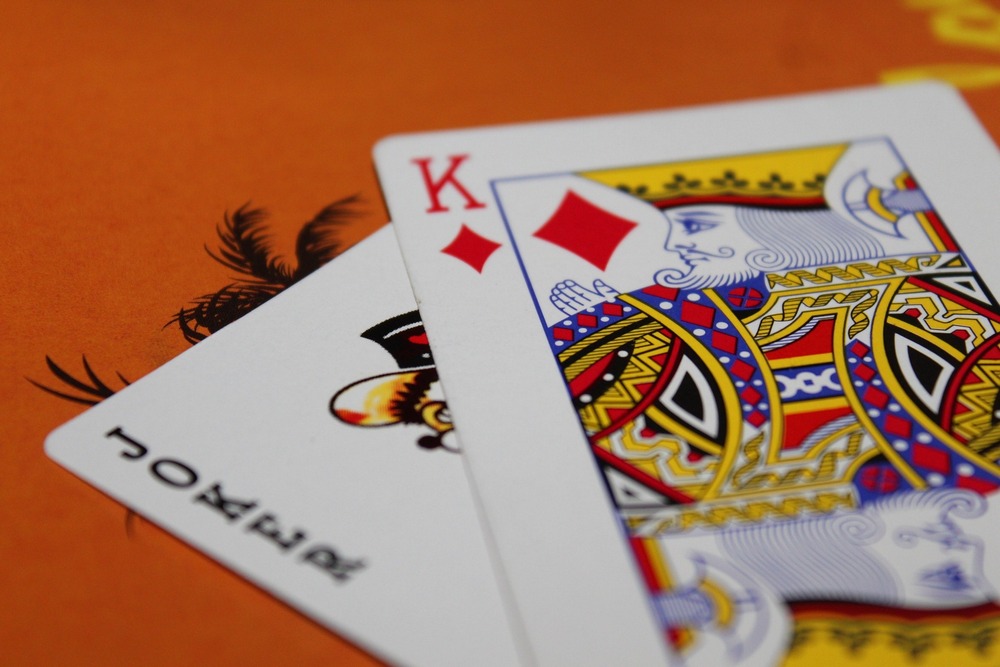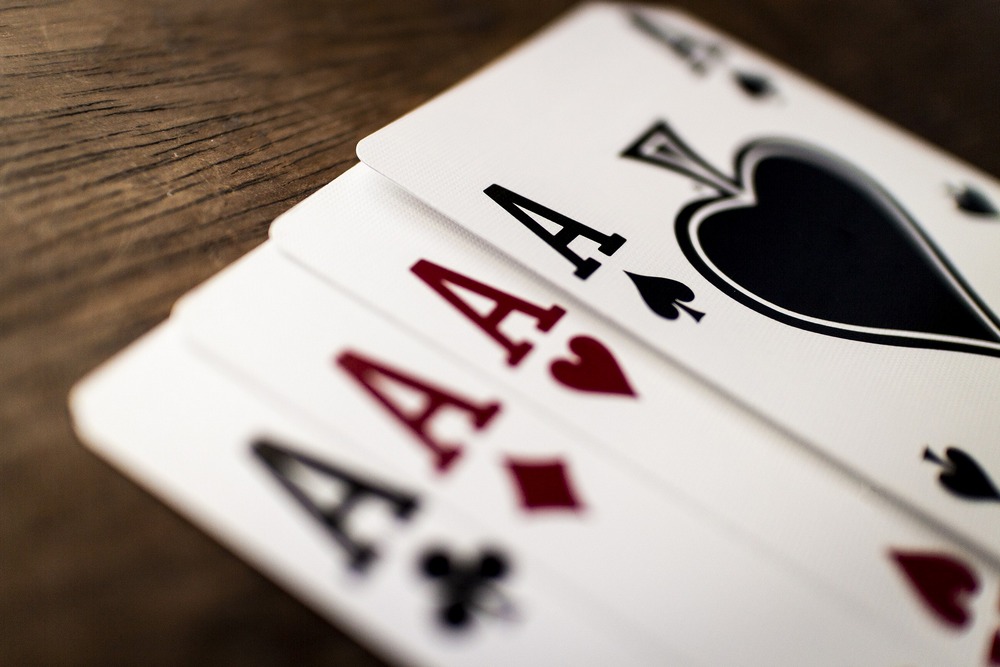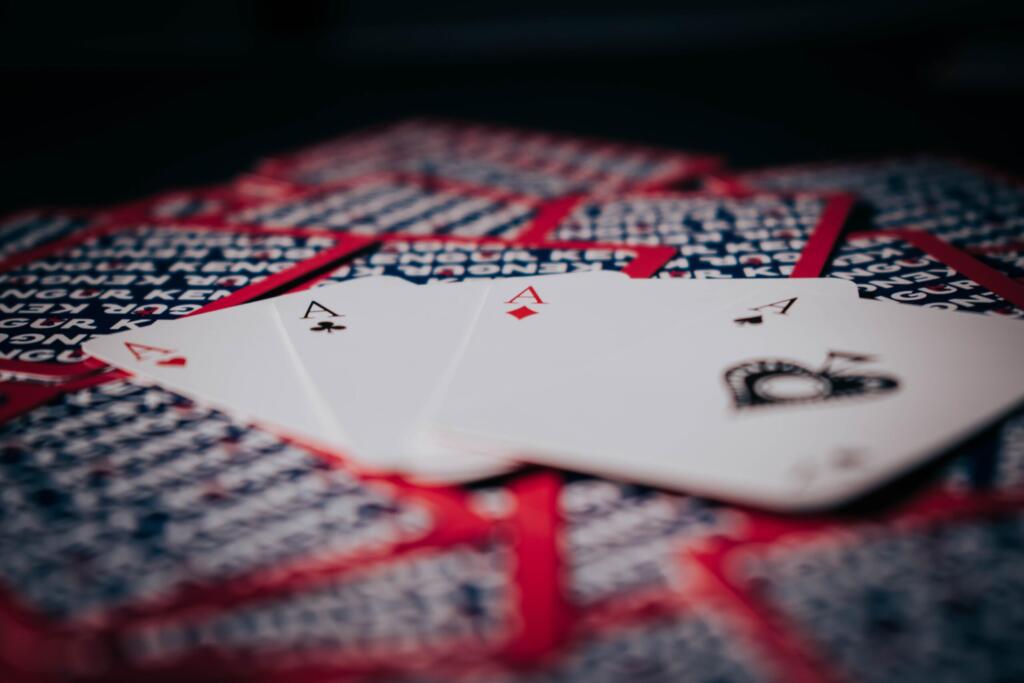Whist Rules: Dealing, Trumps, Playing, and Scoring
Whist is typically played with a standard deck of 52 playing cards and involves four players divided into two partnerships. The objective of the game is to be the first partnership to reach a predetermined number of points, often set at 5, 7, or 9.
To begin, the deck is shuffled, and each player is dealt 13 cards. The dealer distributes the cards clockwise, one at a time, starting with the player to their left. Once all the cards have been dealt, the next card is turned face up to determine the trump suit for the game.
Whist is a trump-based game, meaning that certain cards have higher ranks depending on the declared trump suit. The trump suit outranks all other suits, and the cards within that suit follow the standard rank order. The non-trump suits are ranked in descending order, with Aces being the highest and twos being the lowest.
The game proceeds in a series of tricks, with the player to the left of the dealer leading the first trick by playing any card from their hand. The other players must follow suit if possible, meaning they must play a card of the same suit. If unable to follow suit, they can play any card. The trick is won by the player who plays the highest-ranked card of the suit led or the highest-ranked trump card.
After each trick, the winning player leads the next trick, and this continues until all 13 tricks have been played. Scoring occurs at the end of each hand, based on the number of tricks won by each partnership. A partnership earns one point for winning the majority of tricks (7 or more), and additional points can be scored if they fulfil specific conditions, such as winning all 13 tricks (shooting the moon).



